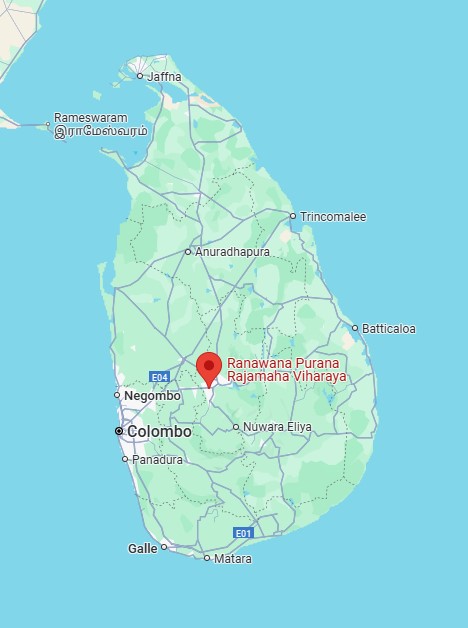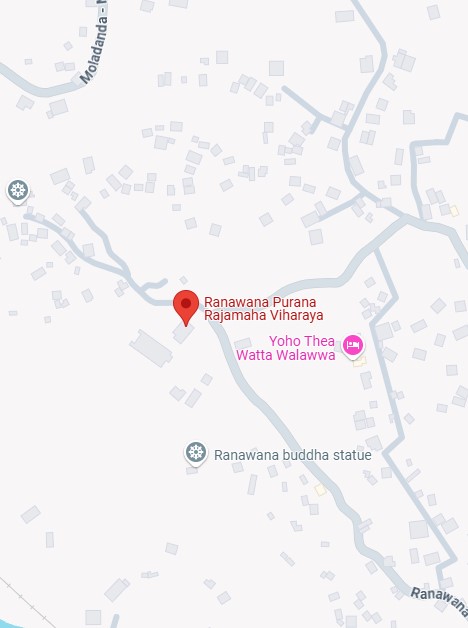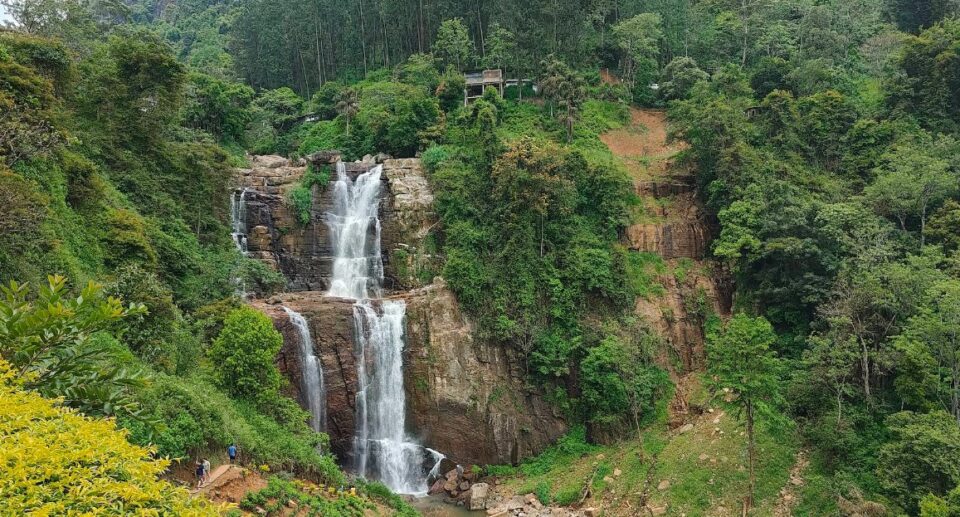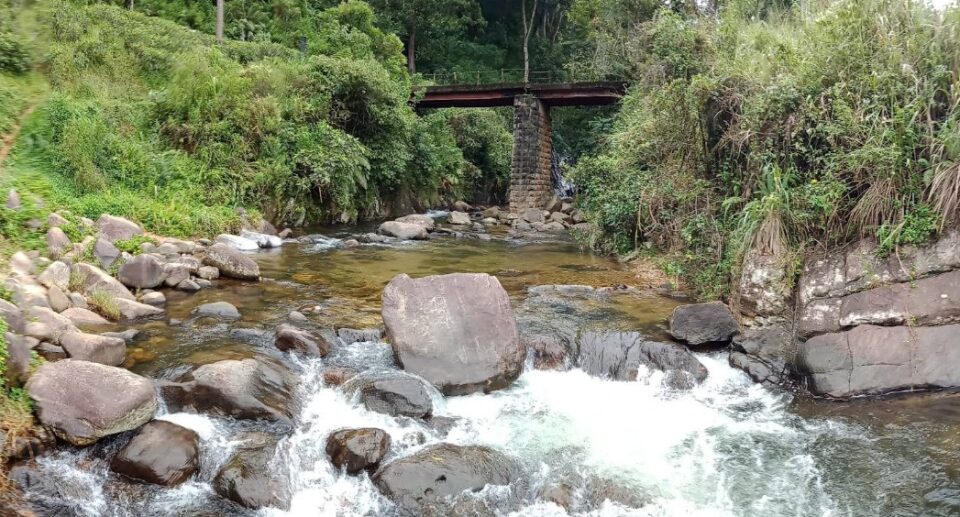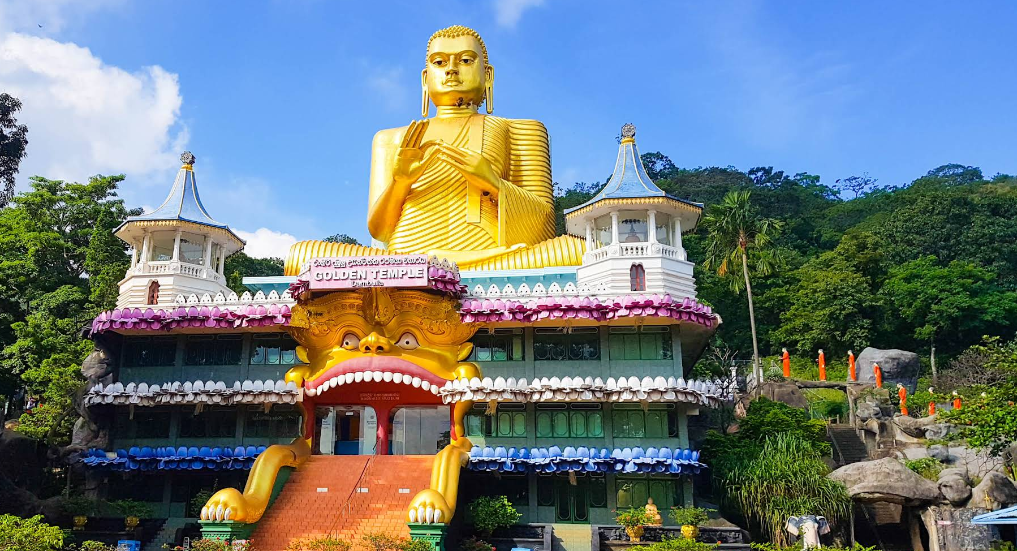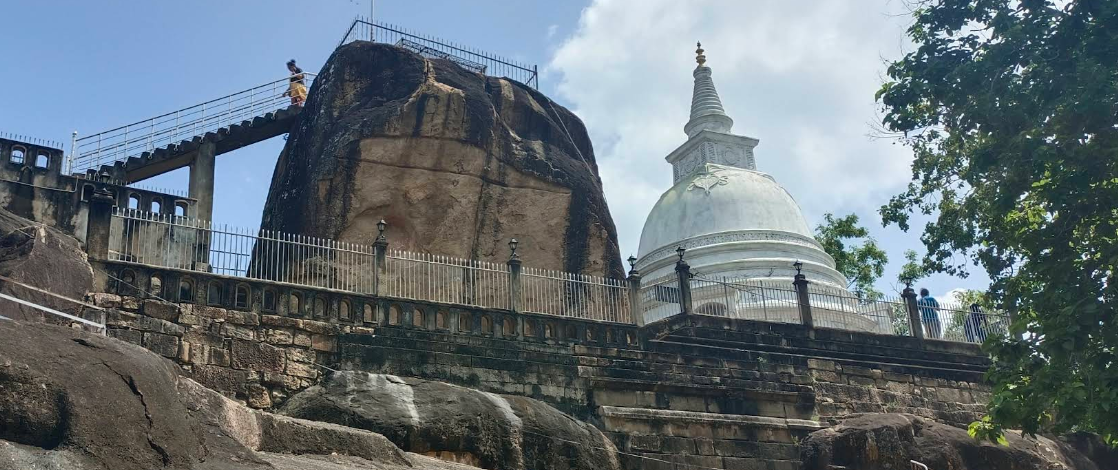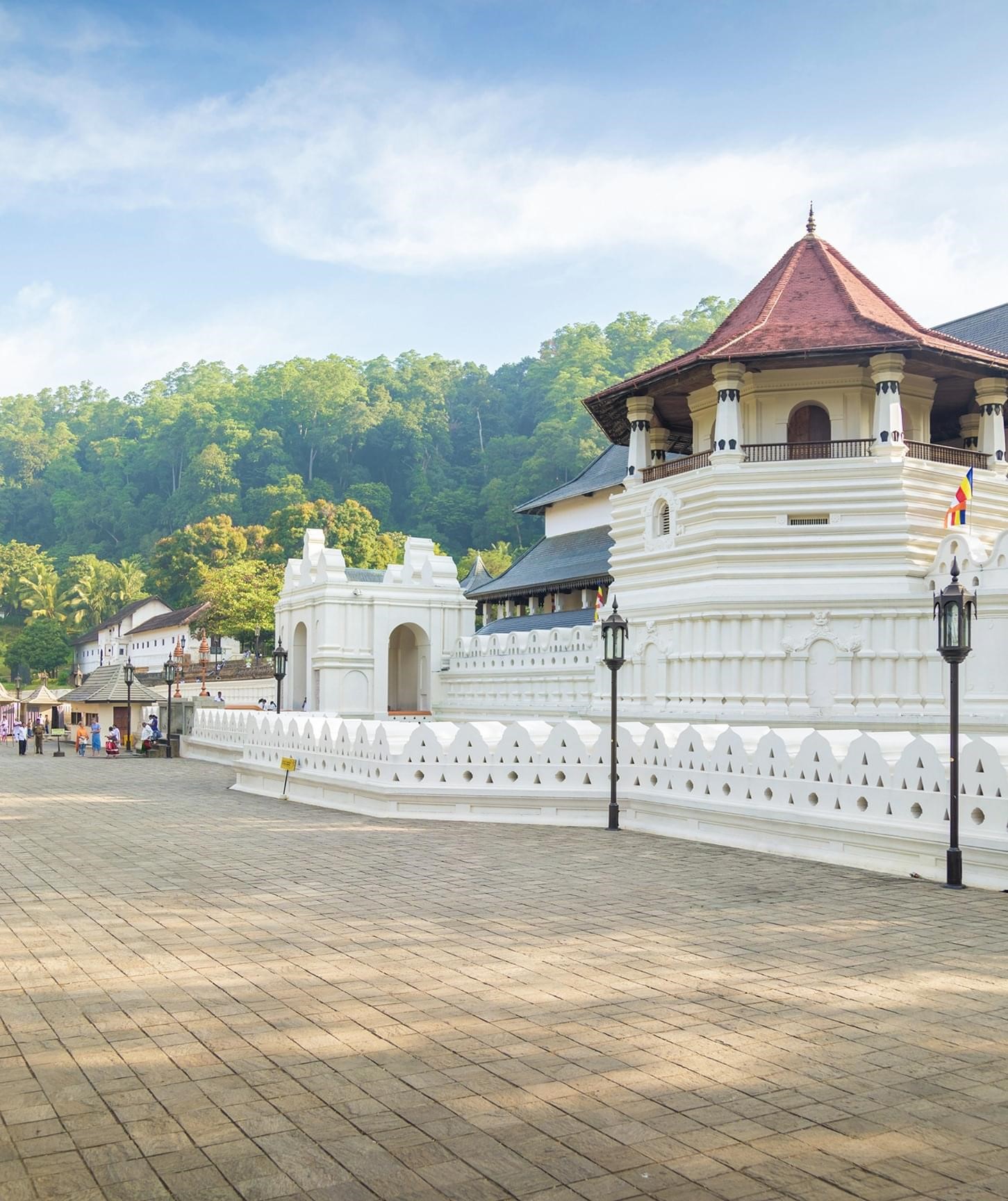Ranawana Purana Rajamaha Viharaya: A Historical and Spiritual Treasure of Sri Lanka

Island nation Sri Lanka is renowned for its rich Buddhist heritage, and it boasts thousands of ancient temples and monasteries that represent its deeply rooted historically religious, cultural, and architectural traditions. Among these is the Ranawana Purana Rajamaha Viharaya, which is a place where history, spirituality, and art are all in one. It lies in Sri Lanka’s Sabaragamuwa Province, in the Kegalle District. This ancient temple complex has intrigued pilgrims, historians, and travelers for centuries.
This essay explores the history, architecture, religious significance, and cultural value of Ranawana Purana Rajamaha Viharaya, demonstrating why it remains a vital component of Sri Lanka’s Buddhist heritage.
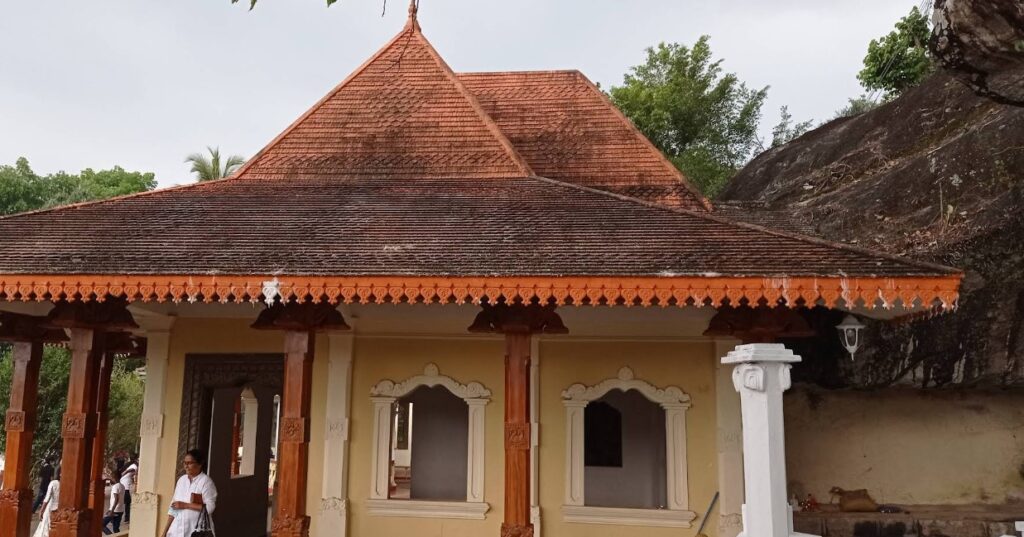
Historical Background
Ranawana Purana Rajamaha Viharaya is believed to have been founded in the Anuradhapura period (377 BCE – 1017 CE), one of the earliest phases of structured Buddhism in Sri Lanka. The temple history is inseparably connected with the spread of Theravada Buddhism throughout the island following the coming of Arahat Mahinda Thera, who is believed to have brought Buddhism to Sri Lanka during the reign of King Devanampiya Tissa.
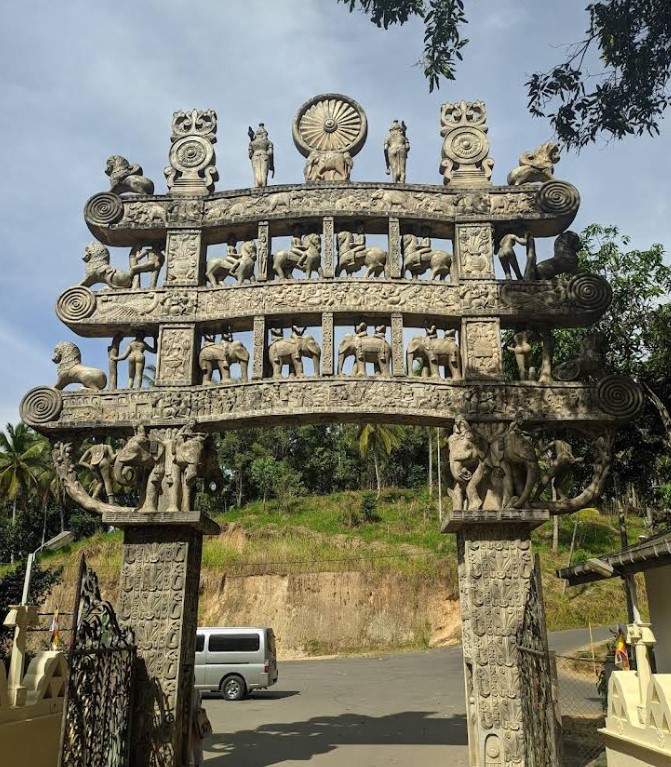
Although its exact foundation date is not known, the temple site has been religiously revered consecutively for over a millennium. During the Kandyan era (1469-1815), renovations and expansions were made successively to the temple complex. The name of the temple, “Purana Rajamaha Viharaya,” or “Ancient Royal Great Temple” in a word-to-word meaning, reflects its royal patronage and ancient history.
Location and Setting
Ranawana Purana Rajamaha Viharaya lies in a serene and picturesque environment near Ranawana village, approximately 10 kilometers away from Kegalle town. The temple is encircled by thick cover, lush forests, and rolling hills, providing a serene atmosphere well suited for meditation and religious worship.
The peaceful ambience is just as much a part of the temple experience, giving visitors a chance to connect with nature and religious history of the region.
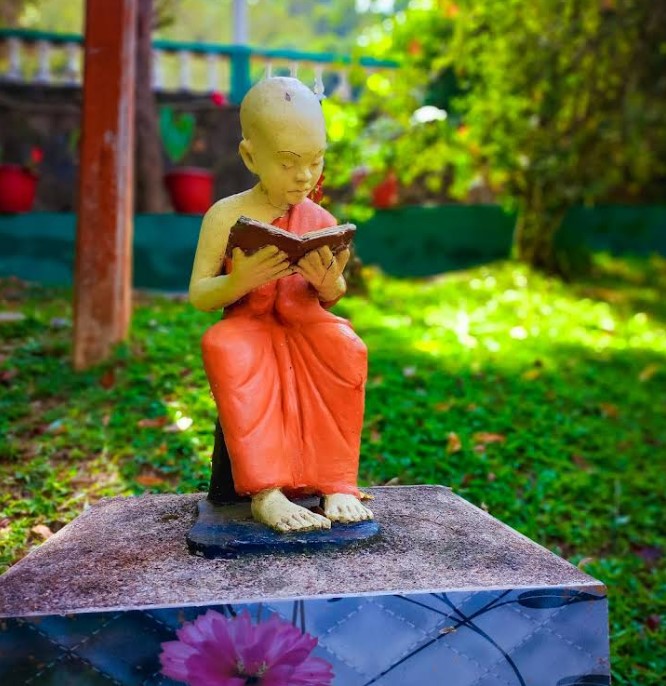
Architectural Features
Ranawana Purana Rajamaha Viharaya is an ideal example of Sinhalese Buddhist architecture with a mix of religious symbolism and artistic extravaganza.
The Main Shrine (Viharaya)
The centerpiece of the temple complex is the main shrine, which houses an ancient Buddha image. The statue is notable for its exquisite workmanship and serene countenance, reflecting the stylistic conventions of the Kandyan period. The statue is carved out of stone and painted according to the conventional scheme, representing the Buddha in the sitting meditation posture (Dhyana Mudra).
The building of the shrine itself is of the traditional Kandyan architectural style, with a tiled roof, wooden pillars, and ornate richly decorated entrance gates. The walls are adorned with frescoes and paintings depicting scenes from the Jataka stories, which are accounts of the Buddha’s previous existences.
The Bo Tree (Sri Maha Bodhi)
A holy Bo tree (Ficus religiosa) is found within the temple premises, said to be a sapling that originated from the original Sri Maha Bodhi in Anuradhapura. The Bo tree is most revered in Sri Lankan Buddhism as a symbol of the Buddha’s enlightenment. Rituals and flower offerings are usually done by followers at this holy tree.

The Image House (Pilimage)
Apart from the main shrine, the temple complex includes an image house that contains smaller Buddha statues and relics. The image house’s walls display intricate paintings and carvings that narrate Buddhist teachings and history.
Stupas (Dagobas)
There are several stupas or dagobas scattered on the temple campus. These dome structures contain relics of the Buddha or holy monks and serve as meditation and worship centers. The stupas of the Ranawana Purana Rajamaha Viharaya have classic designs with spherical foundations and spires pointing towards the sky.

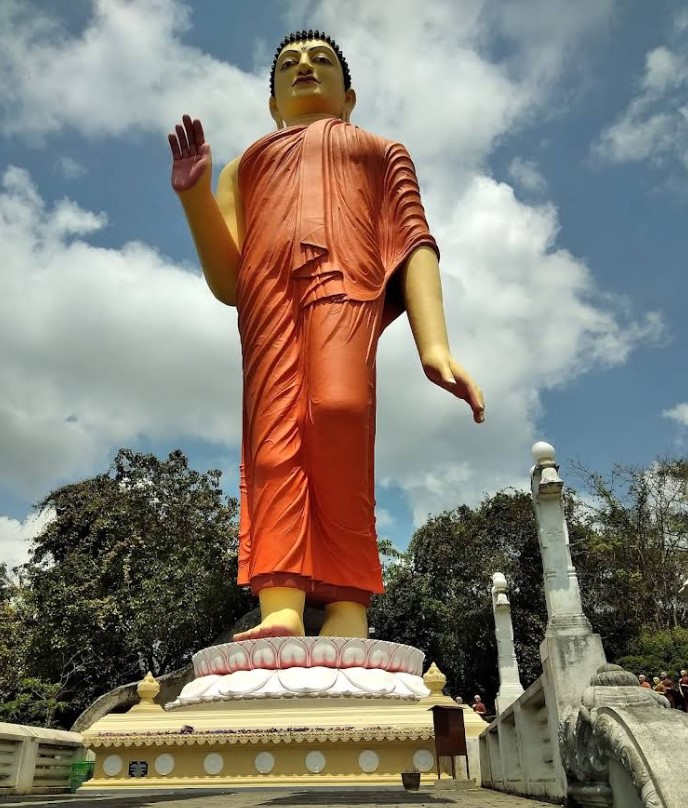
Religious and Cultural Significance
Ranawana Purana Rajamaha Viharaya, apart from being a piece of architecture, is a living site of Buddhist religious life. It is a functioning temple where monks reside and carry out daily rituals, meditation, and religious ceremonies.
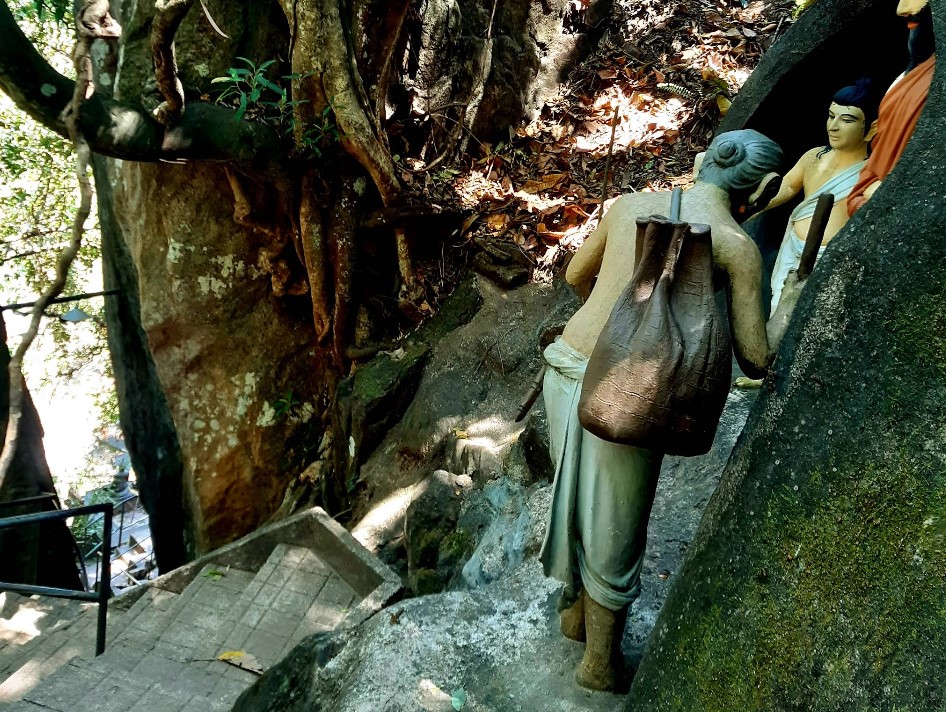
Pilgrimage Site
The temple is a holy pilgrimage center, especially at Vesak (to celebrate the birth, enlightenment, and death of the Buddha) and Poson (to commemorate the introduction of Buddhism into Sri Lanka). During these festivals, the temple is beautifully decorated with oil lamps, lanterns, and religious banners. Almsgiving, chanting, and meditation attract devotees from far and wide.
Teaching and Meditation Center
Ranawana Purana Rajamaha Viharaya is also an educational institution for Buddhists. Monks provide teachings on Buddhist philosophy, ethics, and meditation techniques. The serene atmosphere is ideal for mindfulness practice and spiritual growth.
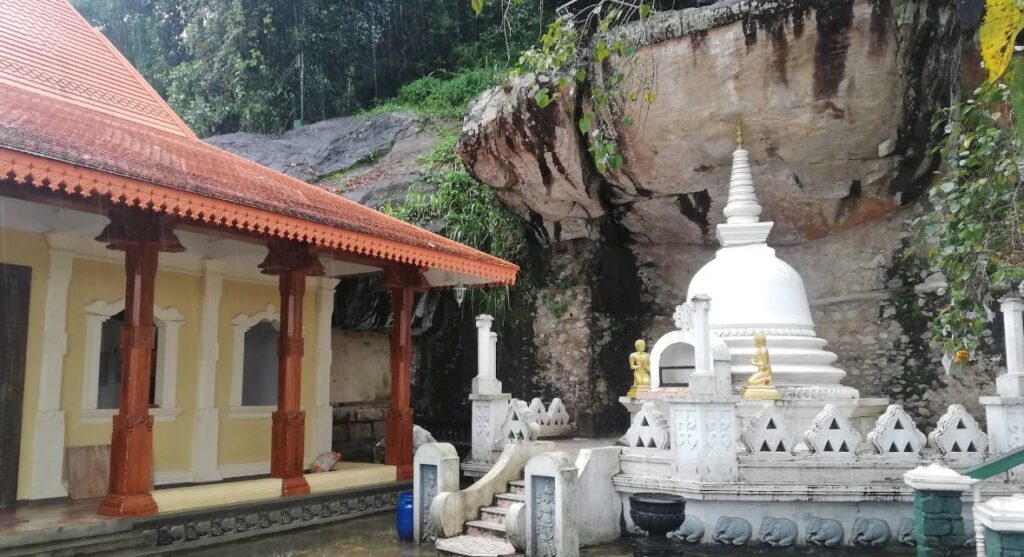
Art and Murals
One of the most striking aspects of Ranawana Purana Rajamaha Viharaya is its collection of murals and frescoes. The vivid paintings depict various scenes in the life of the Buddha and the Jataka stories, painted in vivid colors and detailed intricacy.
The murals themselves form a pictorial narrative that educates pilgrims and visitors on Buddhist values and ethics. Aesthetic design is derived from Kandyan-era motifs, with strong lines, radiant colors, and symbolic figures such as lotus flowers, elephants, and mythological creatures.
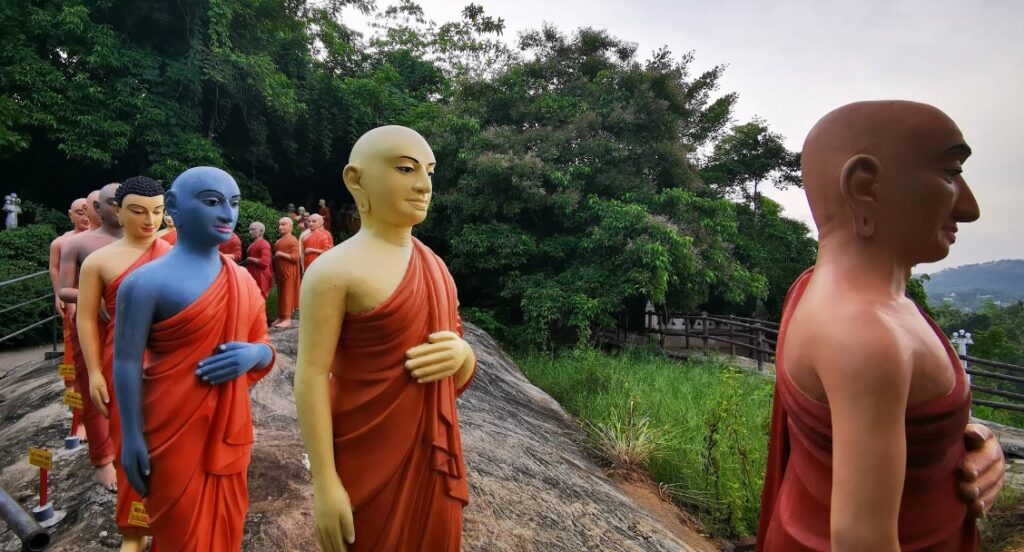
Conservation and Tourism
The Sri Lankan government and certain cultural preservation organizations recognize the value of Ranawana Purana Rajamaha Viharaya as a heritage site. Measures are taken to protect the buildings of the temple, conserve its art works, and maintain the environment around the temple intact.
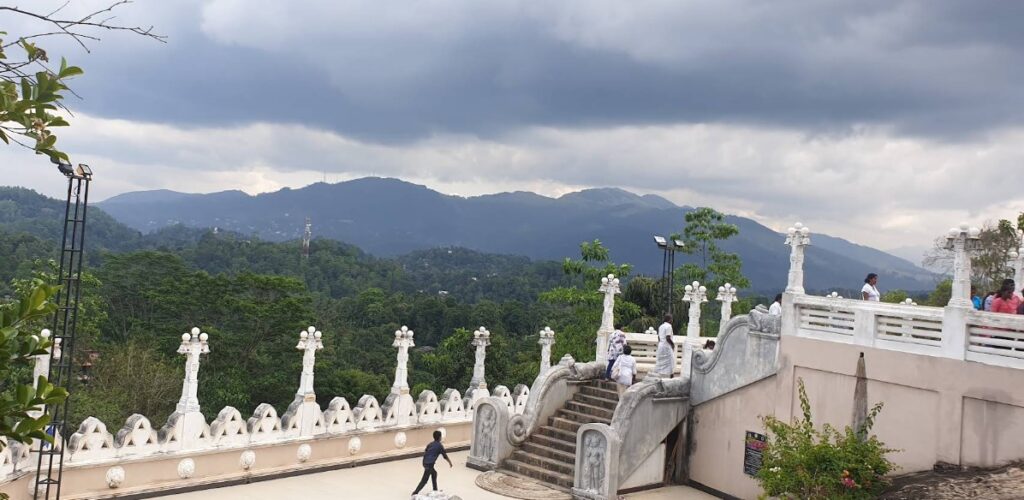
The temple is visited by religious pilgrims as well as tourists interested in Sri Lanka’s cultural heritage. Guided tours commonly include data about the history, architecture, and rituals of the temple, adding value to the visitor experience.
Traveling to Ranawana Purana Rajamaha Viharaya
Location and Access
Ranawana Purana Rajamaha Viharaya is located approximately 10 km away from Kegalle town and is reached by road via good highways. Tourists can access the temple by:
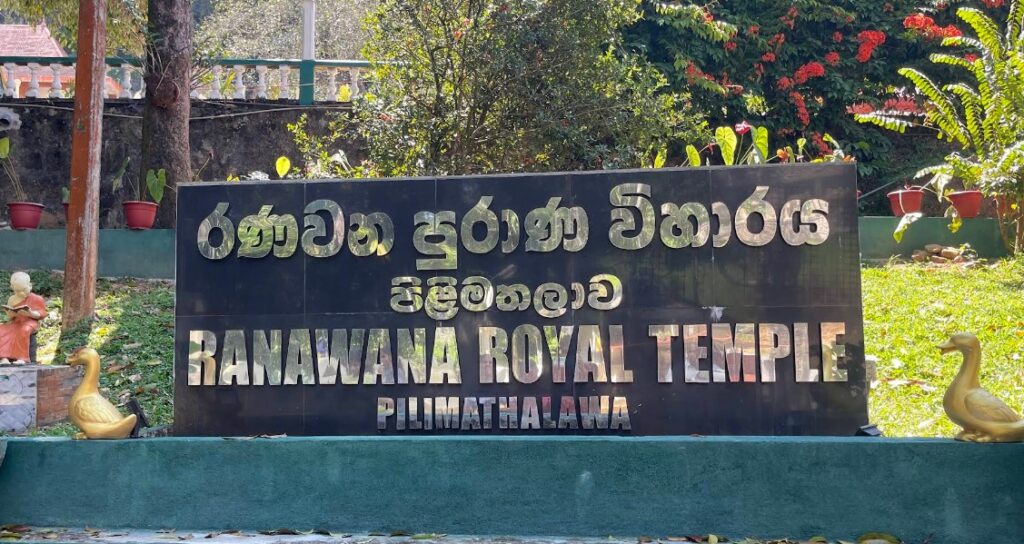
Car or Taxi: The best option is a private car from Kegalle or neighboring towns.
Public Transport: Regular buses ply to Ranawana village from Kegalle, and the temple is within walking distance of the village center.
Best Time to Visit
The temple is open all year round, but the most active time is during the Vesak period (April-May) due to religious celebrations and decorations. Early morning or late afternoon are the best times to visit for quiet reflection and photography.
Ranawana Purana Rajamaha Viharaya is a showcase for Sri Lanka’s rich Buddhist history and architecture. Its combination of serene natural beauty, historical importance, stunning artwork, and ongoing religious use render it a treasured destination in the Central Province.
For pilgrim travelers of a spiritual nature, history enthusiasts visiting the ancient Sri Lankan culture, or travelers who wish to explore the island’s holy landscapes, Ranawana Purana Rajamaha Viharaya offers an immensely enriching and memorable experience. Conservation and promotion of this ancient temple ensure future generations will be in touch with the cultural and spiritual legacy of Sri Lanka.
